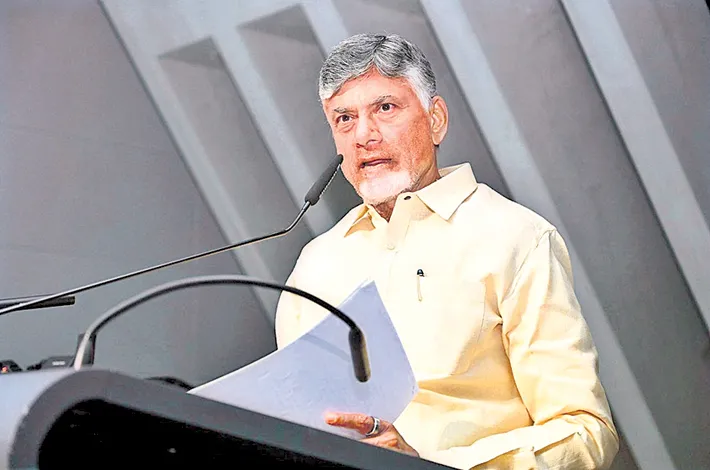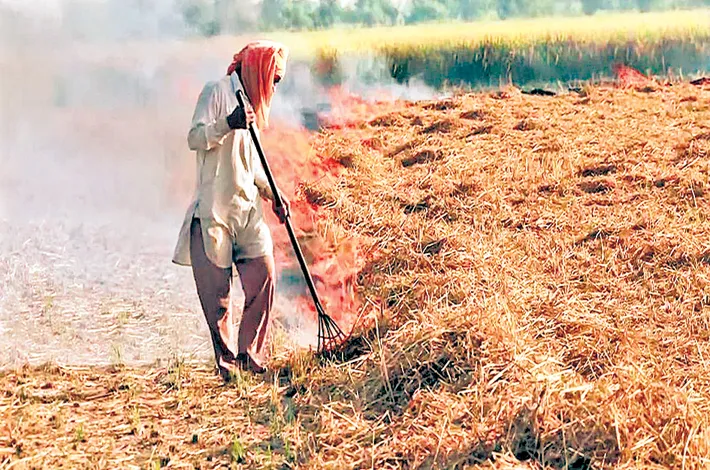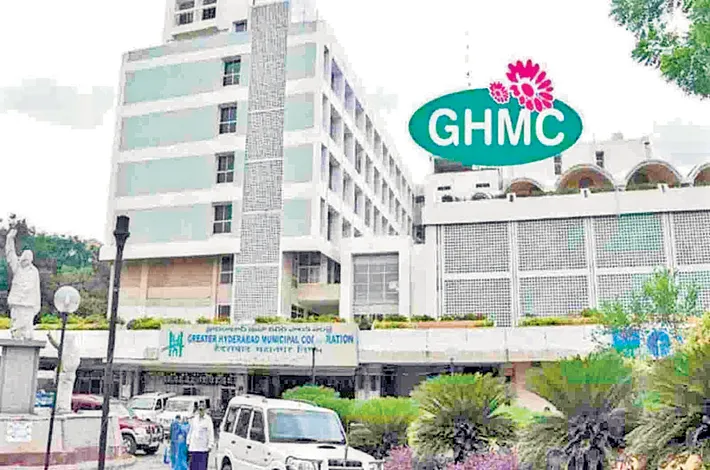Fascinating Facts About South Indian Brahmin Marriages
28-04-2025 12:00:00 AM

The Kanyadaanam is one of the most emotional moments in a South Indian Brahmin wedding. It involves the bride’s parents symbolically giving their daughter to the groom, entrusting him with her care. The bride’s father places her hand in the groom’s, and water is poured over their joined hands, signifying the transfer of responsibility. This ritual is deeply moving, as it represents the parents’ love and sacrifice, as well as the groom’s acceptance of his new role as a partner and protector
South Indian Brahmin marriages are a vibrant tapestry of tradition, spirituality, and cultural heritage. Rooted in ancient Vedic practices, these weddings are not just a union of two individuals but a sacred bond that intertwines families, communities, and spiritual values. From elaborate rituals to unique customs, South Indian Brahmin weddings are a captivating blend of symbolism and celebration. Here are some intriguing facts about these marriages that highlight their richness and depth.
1. The Importance of Vedic Rituals
South Indian Brahmin weddings are deeply rooted in Vedic traditions, with every ritual holding spiritual significance. The ceremonies are conducted in Sanskrit, following the guidelines laid out in ancient texts like the Vedas and Grihya Sutras. Priests chant mantras to invoke divine blessings, ensuring the couple’s union is sanctified. Key rituals like Kanyadaanam (the giving away of the bride) and Saptapadi (seven steps around the sacred fire) symbolize the couple’s commitment to each other and their shared spiritual journey. These rituals are not mere formalities but are believed to create a cosmic connection between the couple and the divine.
2. Matchmaking and Horoscope Compatibility
In South Indian Brahmin communities, matchmaking is a meticulous process that often involves astrologers. The compatibility of the bride and groom’s horoscopes (Jathakam) is analyzed to ensure a harmonious marriage. Factors like Nakshatra (birth star), Rasi (zodiac sign), and Guna Milan (matching of qualities) are considered. A strong astrological match is believed to predict a prosperous and peaceful married life. Families also take into account lineage, gotra (ancestral lineage), and cultural compatibility, reflecting the community’s emphasis on harmony and tradition.
3. The Role of the Sacred Fire
The sacred fire, or homam, is central to South Indian Brahmin weddings. It is considered a witness to the marriage vows and a medium to carry offerings to the gods. The couple makes offerings into the consecrated fire during rituals like Homam and Saptapadi. The fire symbolizes purity, energy, and the divine presence, and its continuous burning throughout the ceremony signifies the enduring nature of the marital bond. The couple’s commitment is sealed as they circle the fire, each step representing a vow for their shared life.
4. Pre-Wedding Rituals Steeped in Tradition
South Indian Brahmin weddings are preceded by a series of pre-wedding rituals that are as significant as the main ceremony. The Nischayathartham (engagement) formalizes the alliance, with the exchange of gifts and blessings. The Sumangali Prarthanai is a poignant ritual where married women are honored, seeking blessings for the bride’s happy married life. Another unique custom is the Janavasam, a ceremonial procession where the groom is welcomed by the bride’s family, often accompanied by music and festivities. These rituals strengthen familial bonds and set the tone for the wedding.
5. The Significance of Kanyadaanam
The Kanyadaanam is one of the most emotional moments in a South Indian Brahmin wedding. It involves the bride’s parents symbolically giving their daughter to the groom, entrusting him with her care. The bride’s father places her hand in the groom’s, and water is poured over their joined hands, signifying the transfer of responsibility. This ritual is deeply moving, as it represents the parents’ love and sacrifice, as well as the groom’s acceptance of his new role as a partner and protector.
6. The Mangalsutra and Its Symbolism
The tying of the Mangalsutra (sacred thread) is a pivotal moment in the wedding. The groom ties a gold pendant strung on a turmeric-dyed thread or chain around the bride’s neck, symbolizing their eternal bond. In South Indian Brahmin weddings, the Mangalsutra is often accompanied by other sacred symbols, such as the Thali (a regional variation of the Mangalsutra) in Tamil Brahmin weddings. The act is accompanied by Vedic chants and is believed to bestow divine protection on the couple.
7. Culinary Traditions and Feasts
Food plays a significant role in South Indian Brahmin weddings, with elaborate vegetarian feasts prepared according to traditional recipes. The wedding menu often includes dishes like Sambar, Rasam, Poriyal, and sweets like Payasam and Ladoo, all served on banana leaves for an authentic touch. The Sadhya, a grand feast, is a highlight, symbolizing abundance and hospitality. The preparation of food adheres to strict purity standards, with cooks often following ritualistic guidelines to ensure the meal is sattvic (pure and balanced).
8. The Role of Music and Dance
Music and dance are integral to South Indian Brahmin weddings, adding vibrancy to the celebrations. Classical Carnatic music, with instruments like the Nadaswaram and Thavil, sets a divine ambiance during rituals. Songs like Mangala Harathi and Lalitha Sahasranamam are sung to invoke blessings. In some families, Bharatanatyam or other classical dance performances by relatives or professionals are part of the festivities, showcasing the community’s rich cultural heritage.
9. Post-Wedding Rituals and Integration
The wedding doesn’t conclude with the main ceremony; post-wedding rituals are equally significant. The Grihapravesham marks the bride’s formal entry into the groom’s home, where she is welcomed with an Aarti and steps into a decorated household, symbolizing her new role. The couple may also visit temples to seek divine blessings. These rituals emphasize the integration of the bride into her new family and the continuation of sacred traditions.
10. Modern Adaptations
While South Indian Brahmin weddings remain steeped in tradition, modern influences are evident. Many couples now incorporate contemporary elements, such as eco-friendly weddings, fusion music, or destination venues, while preserving core rituals. Social media and wedding planners have also transformed the way these weddings are organized, making them more personalized yet rooted in cultural values.
South Indian Brahmin marriages are a beautiful blend of spirituality, tradition, and community spirit. Each ritual, from the sacred fire to the tying of the Mangalsutra, carries profound meaning, reflecting the community’s reverence for marriage as a divine institution. These weddings are not just events but a celebration of love, family, and heritage, leaving an indelible mark on everyone involved. Whether through the rhythmic chants of Vedic mantras or the joyous feasts, South Indian Brahmin weddings continue to enchant and inspire, bridging the past with the present in a timeless union








